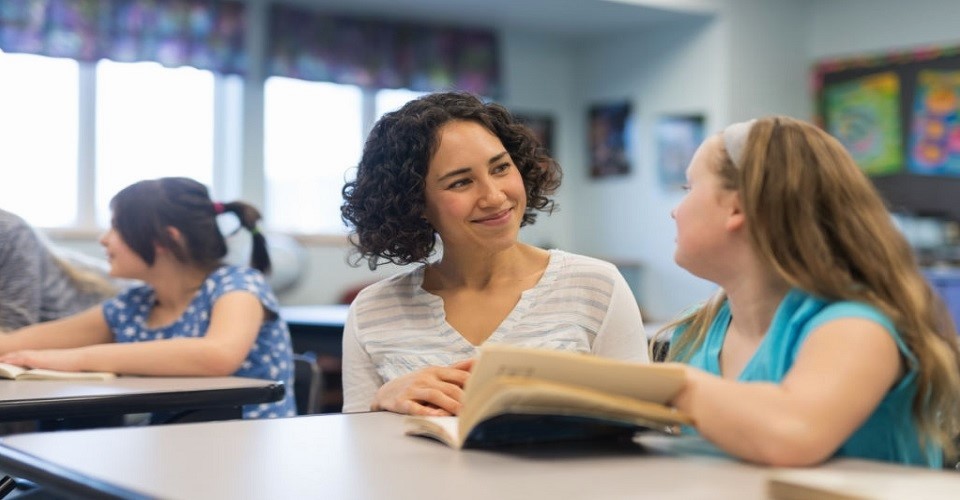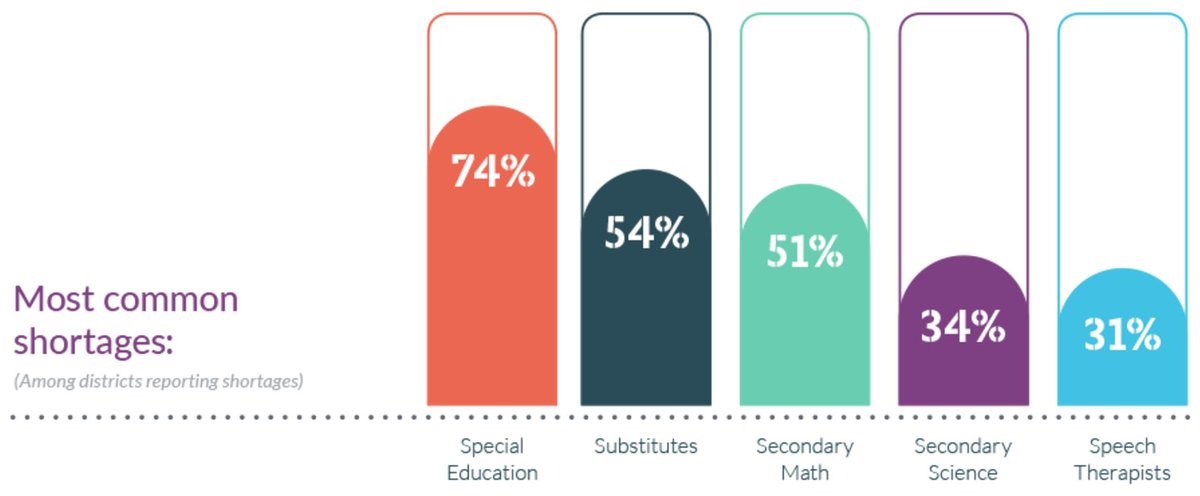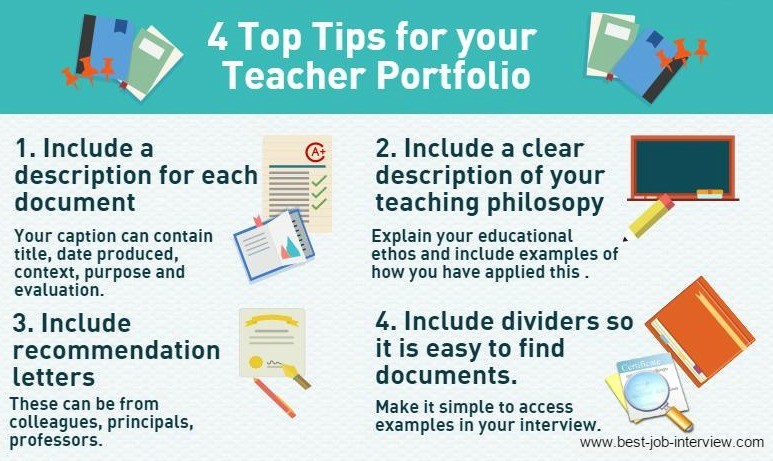Be Hireable to Grab the Best Special Education Teaching Job with These Professional Portfolio Making Ideas
9th November 2020

When an aspiring special education teacher walks into an interview, confident about grabbing the job, quite naturally the aspiring soul wants to feel confident with all the possible skills. In the field of special education teaching, just listing a resume is not enough. Therefore, with SEN teacher training online, a professional portfolio that categorically shows the fine points of that “special education teacher” position is a huge advantage while facing an interview.
A proficient well-tailored teaching portfolio is an appreciated tool for any teacher to show their endeavours. Grabbing a job that you’ve been eyeing for long can be excessively easy or sometimes may be too challenging, depending on how solid your portfolio is. As a result, when it comes to the potential special needs education teachers to grasp the best possible career opportunities, things are no different! Usually, the body of a good portfolio is mostly 5-8 pages long and is followed by add-ons, which typically make up about 8-15 more pages.
This normally includes a variety of information that you’ve gained throughout your career thus backing up your teaching values.
|
Table of Content:
|
What does a Special Education Teacher do?
Well, special needs education teachers typically work with learners who have an extensive range of learning, psychological, emotional, as well as physical special needs. Most of them work in different kinds of public schools, training students from preschool to high school, many teachers work the traditional 10-month school year, while some work year round.
The inclusive employment of special education teachers is being projected to grow 3% over the next ten years, about as fast as the average for all professions. Demand for special education services plus teachers is on the rise as the special needs are being identified earlier and children are enrolled in special education programs.

(Ref: https://bit.ly/32qK5lc)
Let’s Just Quickly Check the Duties of Special Education Teachers
Typically, the special education teachers do the following:
- Develop Individualized Education Programs (IEPs) for each learner
- Design, consolidate, and assign activities that are precise to each student's abilities
- Evaluate students' skills to conclude their learners’ needs
- Familiarize general lessons to meet the needs of students
- Implement IEPs, measure students' performance, and track their development
- Update IEPs in the school year to redirect students' progress and objectives
- Discuss students' growth with parents, other teachers, counsellors, plus administrators
- Manage and guide teacher assistants who work with students with special needs
The Must-have Pieces of Stuff to Comprise in a Teaching Portfolio
Well, there are five must-have items to put in your portfolio no matter what industry you belong to.
- How you view education, what is your teaching philosophy statement and what you believe is the main aim of education – start with this, it is necessary to introduce yourself.
- A well-structured updated CV that should have - your background, abilities, and career objectives. It should also contain your education plus job experience (if you have any).
- A list of degrees/certificates/awards adequate to show your achievements evidently in each area to which you contribute.
- A few genuine samples of planning materials are necessary.
- Some genuine letters of recommendation from a college professor, principal, colleague or a parent of one of your students.
- Be it all the papers or your teaching way of life; a description is must, also make sure to highlight your ideology with the help of examples.
- The contact page or contact information should be importantly placed and easy to find.
- Feedback from peers, parents, as well as learners typically comes in the form of references.
- The page on additional activities speaks for itself; you may add your badminton score or passion for cooking.
- The web page is where you express your ideas or write about something you have accomplished that can help others.
- Don’t be afraid to make it distinctive and bright!
- Think about what makes you unique as a teacher. When they ask, “What are your strengths?” what will you show them?
- When fabricating the portfolio be succinct and discriminatory.
- Also, consider the viewpoint of your onlookers and what type of confirmation they will find considerable.
- If you haven't taught much and don't have much experience, provide a list of three to five courses that you think you would use while teaching (after grabbing the job).
- Include your plans for improving your teaching.
- Choose specific features of your instructional program to document.
- Bring together your portfolio in a form that others can readily examine.

(Ref: https://bit.ly/2Ihxz0I)
Also, try to create a digital portfolio. May be you can just scan your hardcopy and convert it into soft copy or make a PPT. Make it up-to-date!
A teaching portfolio is a comprehensible set of resource that embodies your teaching practice as related to student knowledge. The objective is to choose, unify, and present the data in a system that brings the most convincing evidence into focus for your onlookers.
Modelling the Concluding Portfolio
Well, the following structural materials can make your portfolio easier for your readers to trail:
- Title page and table of contents
- Headings as well as subheadings that evidently classify the portfolio's modules
- References to material in the appendix, where suitable
- Brief instructive statements accompanying each item in the appendix
- Avoid over complicating your teacher portfolio
- Don't overload it with documents, stick to highlights with relevant examples of your teaching career
- It should be bound in a neat and professional looking binder
How to Best Use Your Portfolio in Your Job Interview
We would suggest you not to wait for the interviewer to ask to see your portfolio. Be very at ease with your portfolio so that you can access any relevant documents swiftly and effortlessly. Having a well-prepared portfolio and bringing it to the interview sends a constructive message. You are demonstrating your preparation skills with SEN teacher training online along with your organizational aptitude to your recruiters. All of these are the key proficiencies for a successful special education teacher. Remember, your portfolio should be measured as a work-in-progress, so that you can tailor it for the specific job opportunity according to the teaching responsibilities of the position.
Now, another question may come up to your mind whether should you create a digital portfolio?
Advantages of creating a digital portfolio:

Moreover, this also delivers your technology skills! If you wish, you can form a website to host your content using numerous platforms including Google Sites, WordPress, Adobe Spark, etc. Remember, portfolios aren't intended to interchange resumes, but rather to develop them. Having a well-organized portfolio full of significant and important content to present in your teaching interview will provide you with a distinct benefit.
Portfolios have much to deliver the teaching profession. To conclude, it is significant to remember that the aim is not to produce outstanding portfolios, but rather to encourage effective teaching-learning practice to help the special needs children.

